Wiki
-
Release Date
1 January 1959
-
Length
5 tracks
Kind of Blue is a studio album by American jazz trumpeter, composer, and bandleader Miles Davis. It was recorded on March 2 and April 22, 1959, at Columbia's 30th Street Studio in New York City, and released on August 17 of that year by Columbia Records. For the recording, Miles Davis led a sextet featuring saxophonists John Coltrane and Cannonball Adderley, pianist Bill Evans, bassist Paul Chambers, and drummer Jimmy Cobb, with new band pianist Wynton Kelly appearing on one track – "Freddie Freeloader" – in place of Bill Evans.
Influenced in part by Bill Evans, who had joined the ensemble in 1958, Miles Davis departed further from his early hard bop style in favor of greater experimentation with musical modes, as on his previous album Milestones (1958). Basing Kind of Blue entirely on modality, he gave each performer a set of scales that encompassed the parameters of their improvisation and style, and consequently more creative freedom with melodies; John Coltrane later expanded on this modal approach in his own solo career.
Kind of Blue is regarded by many critics as Miles Davis masterpiece, the greatest jazz record, and one of the best albums of all time. Its impact on music, including jazz, rock, and classical genres, has led writers to also deem it one of the most influential albums ever recorded. The album was one of fifty recordings chosen in 2002 by the Library of Congress to be added to the National Recording Registry, and in 2003 it was ranked number 12 on Rolling Stone magazine's list of the 500 greatest albums of all time. In 2019, Kind of Blue was certified 5× Platinum by the Recording Industry Association of America (RIAA) for shipments of at least five million copies.
Background
By late 1958, trumpeter Miles Davis employed one of the most acclaimed and profitable hard bop bands. Bassist Paul Chambers had been with the band from its beginning in 1955; alto saxophonist Cannonball Adderley joined in late 1957, and tenor saxophonist John Coltrane returned in early 1958. Drummer Jimmy Cobb replaced Philly Joe Jones in May 1958, and pianist Wynton Kelly replaced Bill Evans in November 1958.
The Miles Davis band played a mixture of pop standards, blues, and bebop originals by composers such as Charlie Parker, Thelonious Monk, Dizzy Gillespie, Miles Davis, and Tadd Dameron. As with all bebop-based jazz, Miles Davis groups improvised on the chord changes of a given song. Miles Davis was one of many jazz musicians growing dissatisfied with bebop, however, and saw its increasingly complex chord changes as hindering creativity.
In 1953, the pianist George Russell published his Lydian Chromatic Concept of Tonal Organization, which offered an alternative to improvisation based on chords. Abandoning the traditional major and minor key relationships, his concept introduced the idea of chord/scale unity and was the first theory to explore the vertical relationship between chords and scales, and the only original theory to come from jazz. These insights helped lead the way to modal jazz. Influenced by George Russell's ideas, Miles Davis implemented his first modal composition with the title track of his studio album Milestones (1958). Satisfied with the results, Miles Davis prepared an entire album based on modality. Bill Evans, who had studied with George Russell but had left the Miles Davis group to pursue his career, was drafted back into the project.
Recording
Kind of Blue was recorded on three-track tape in two sessions at Columbia Records' 30th Street Studio in New York City. On March 2, 1959, the tracks "So What", "Freddie Freeloader", and "Blue in Green" were recorded for side one of the original LP, and on April 22 the tracks "All Blues" and "Flamenco Sketches" were recorded, making up side two.
As was Miles Davis penchant, he called for almost no rehearsal and the musicians had little idea what they were to record. As described in the original liner notes by pianist Bill Evans, Miles Davis had only given the band sketches of scales and melody lines on which to improvise. Once the musicians were assembled, Miles Davis gave brief instructions for each piece and then set to taping the sextet in studio. While the results were impressive with so little preparation, the persistent legend that the entire album was recorded in one pass is untrue. Only "Flamenco Sketches" yielded a complete take on the first try. That take, which is not the master, was added to the 1997 CD reissue of the album as a bonus track. The five master takes issued were the only other complete takes; an insert for the ending to "Freddie Freeloader" was recorded, but was not used for release or on the issues of Kind of Blue prior to the 1997 reissue.
Pianist Wynton Kelly may not have been happy to see the man he replaced, Bill Evans, back in his old seat. Perhaps to assuage the pianist's feelings, Miles Davis had Wynton Kelly play instead of Bill Evans on the album's most blues-oriented number, "Freddie Freeloader". The live album At Newport 1958 documents this band. However, the Newport Jazz Festival recording on July 3, 1958, reflects the band in its hard bop conception, the presence of Bill Evans only six weeks into his brief tenure in the Miles Davis band notwithstanding, rather than the modal approach of Kind of Blue.
Production Credit
Kind of Blue was produced by Columbia staff producer Irving Townsend. However, over the years there has been confusion, with Miles Davis subsequent producer Teo Macero getting partial or full credit. "In the case of Kind of Blue there were two producers: Teo Macero and Irving Townsend", said jazz historian Eric Nisenson. "Teo Macero's role, however, was clearly that of an apprentice and observer." The recording session was also cited by Nisenson as Teo Macero's first experience with "the highs and lows of working with Miles Davis." From Teo Macero's own recollection, his involvement in the recording included "boxing everyone in so that there would be a physical closeness among the musicians, not like today when the musicians are spread all over the place." According to High Fidelity, "though his role in Kind of Blue has been disputed", the recording was "made under the auspices" of Teo Macero. However, it is Irving Townsend's voice heard on the session tapes, who became Miles Davis producer after the departures of George Avakian and Cal Lampley. Teo Macero did not produce Miles Davis until after Irving Townsend took over West Coast production duties for Columbia Records, when Teo Macero took his place. Teo Macero's first Miles Davis production was his next record, Sketches of Spain.
The original LP did not credit a producer. The first release with a producer credit was the 1987 CD, which credited only Teo Macero. However, this was in error; Teo Macero only produced that reissue, not the sessions for the original album. The 1997 MiniDisc reissue credited both Irving Townsend's and Teo Macero, but the subsequent 1997, 1999, 2004, 2008, and 2015 reissues all correctly credit only Irving Townsend's.
Personnel
Credits are taken from the album's liner notes.
Miles Davis – trumpet
Cannonball Adderley – alto saxophone except on "Blue in Green" and bonus disc track "So What"
John Coltrane – tenor saxophone
Bill Evans – piano except on "Freddie Freeloader" and bonus disc track "So What"
Wynton Kelly – piano on "Freddie Freeloader" and bonus disc track "So What"
Paul Chambers – double bass
Jimmy Cobb – drums
Album descriptions on Last.fm are editable by everyone. Feel free to contribute!
All user-contributed text on this page is available under the Creative Commons Attribution-ShareAlike License; additional terms may apply.

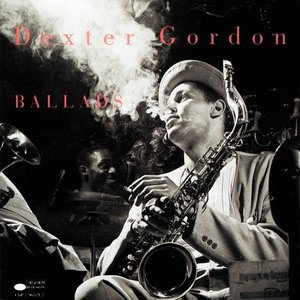
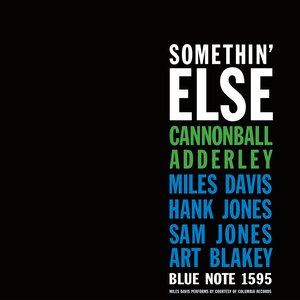
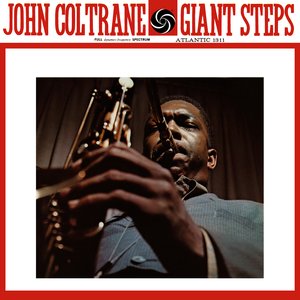
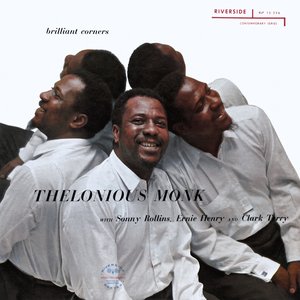


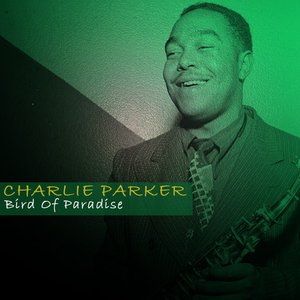
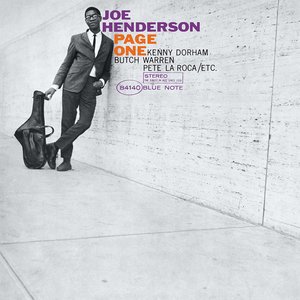
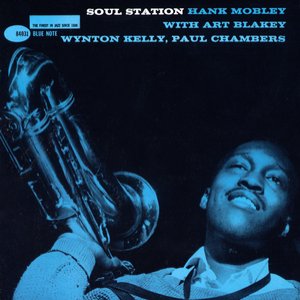
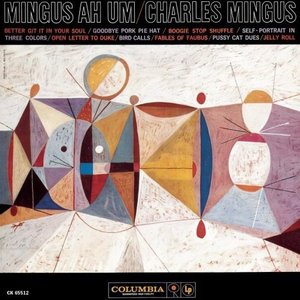
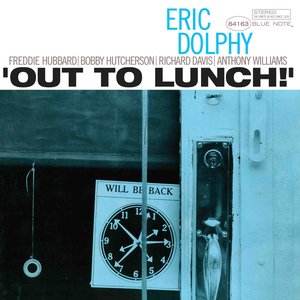
![Portrait In Jazz [Keepnews Collection]](https://lastfm.freetls.fastly.net/i/u/300x300/cc28e885363b4a498b6cc66184fb20a0.jpg)